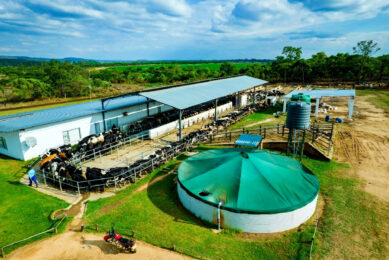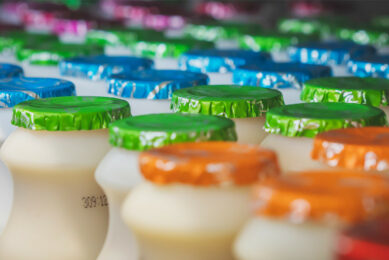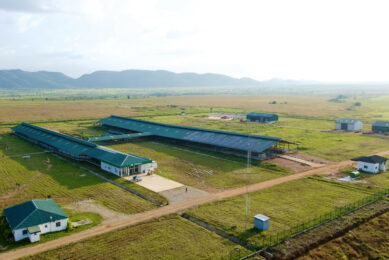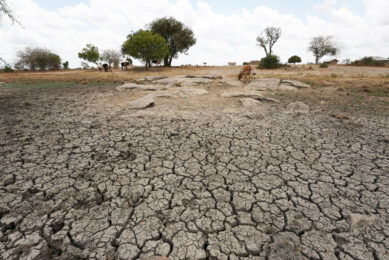Setting up a big dairy farm in the African bush
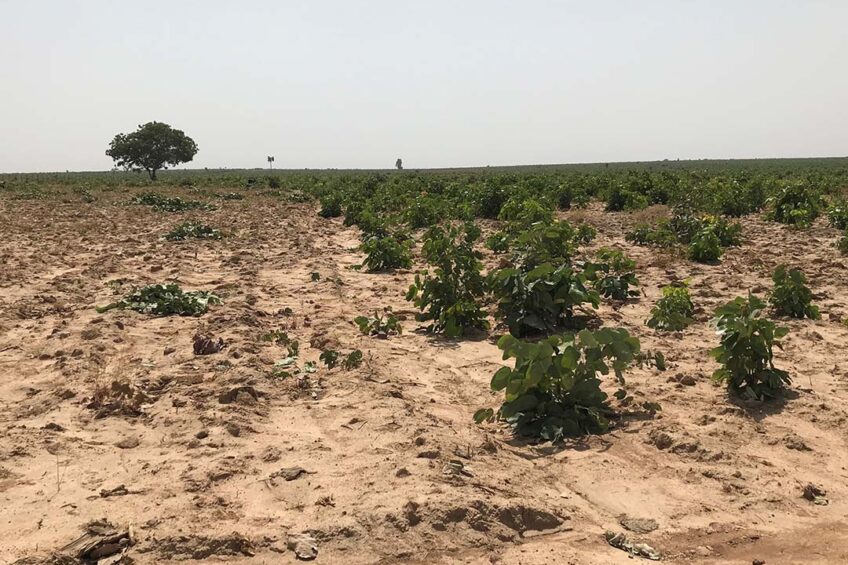
Nigeria, the West-African country on the Gulf of Guinea, is not only Africa’s largest country but also the country with the biggest GDP with its over 200 million inhabitants. Furthermore, the country expects the population to grow to more than 200 million by 2050. It is estimated that a large portion of the population suffers from malnutrition and lack of protein. One explanation is the low average milk consumption of less than 10 kg of milk per person per year. To put that into perspective, the average milk consumption in the rest of Africa is estimated at about 28 kg per person per year, and if we look at many European countries, the average consumption is often around 200 kg per person per year.
It is hardly surprising that Nigeria is not known for dairy farming. Local milk production is only about 500-600 million litres and currently Nigeria relies heavily on imported dairy products. The majority of local milk comes from pastoralist farmers that mainly use the local low-yielding (1-3 litres/day) White Fulani cattle.
A few established dairy farms were recently constructed in Nigeria in an attempt to increase local milk production. Clearly, if the consumption of dairy products in Nigeria is to increase then the current local way of producing milk is not at all sufficient.
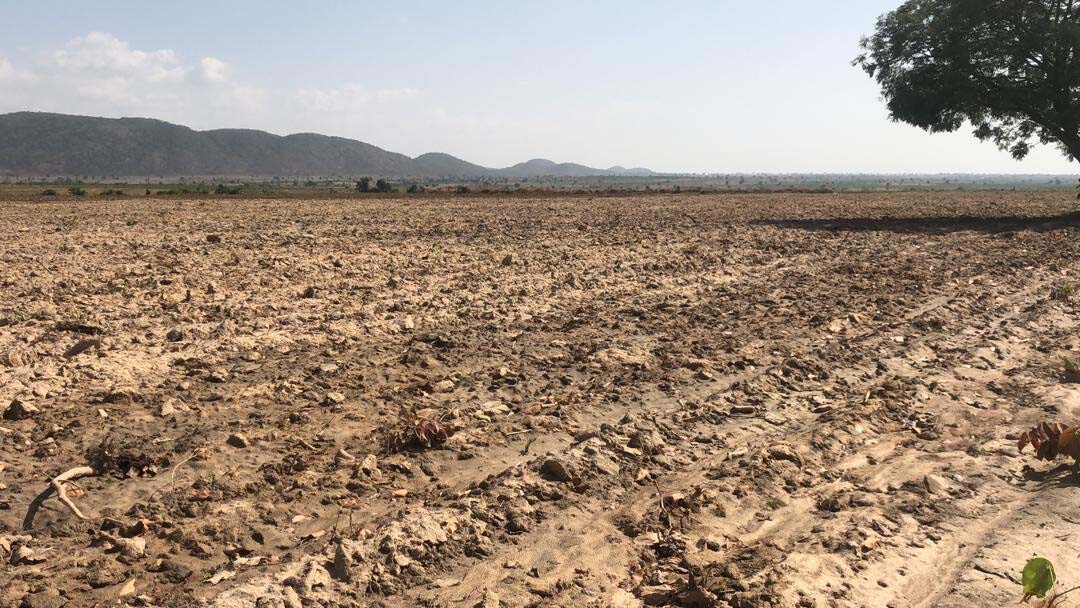
The Arla dairy farm
This need was one of the factors that prompted the start-up of the Arla farm in Kaduna state in northern Nigeria. The farm, designed to have 500 Holstein cows, is located in the Eastern part of Kaduna where there is good farming land and good access to water.
When we started to search for good land, of course, it was important to find land that was not currently in use – at no point did we want to push any local farmers out. This land was found in the remote area called Damau, a bush land that at the time could hardly be called farming land, but we saw its potential and went for it.
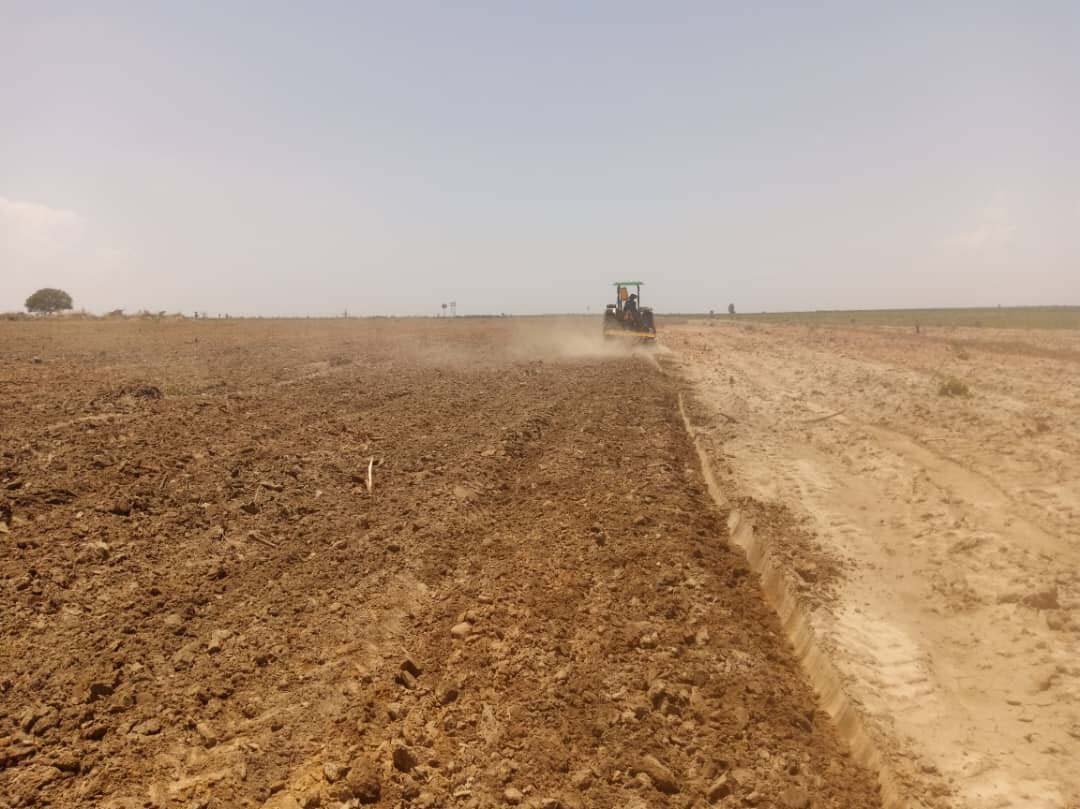
The bushes, our enemies
The 400 hectares was almost all covered with the native bush Isoberlinia Doka, a strong and well adapted plant that can survive in the harsh conditions where you have a rainy season and then a dry season, where temperatures can rise to 40°C and where it stays dry for 6-7 months of the year. We first had to clear the land of these bushes, including removing all the roots, and then work on the land.
This was quite a task, but with great help from the hard-working locals this was done in a relatively short time. Suddenly the land looked quite different and we could start phase 2 – to work on the land to prepare it for planting and seeding.
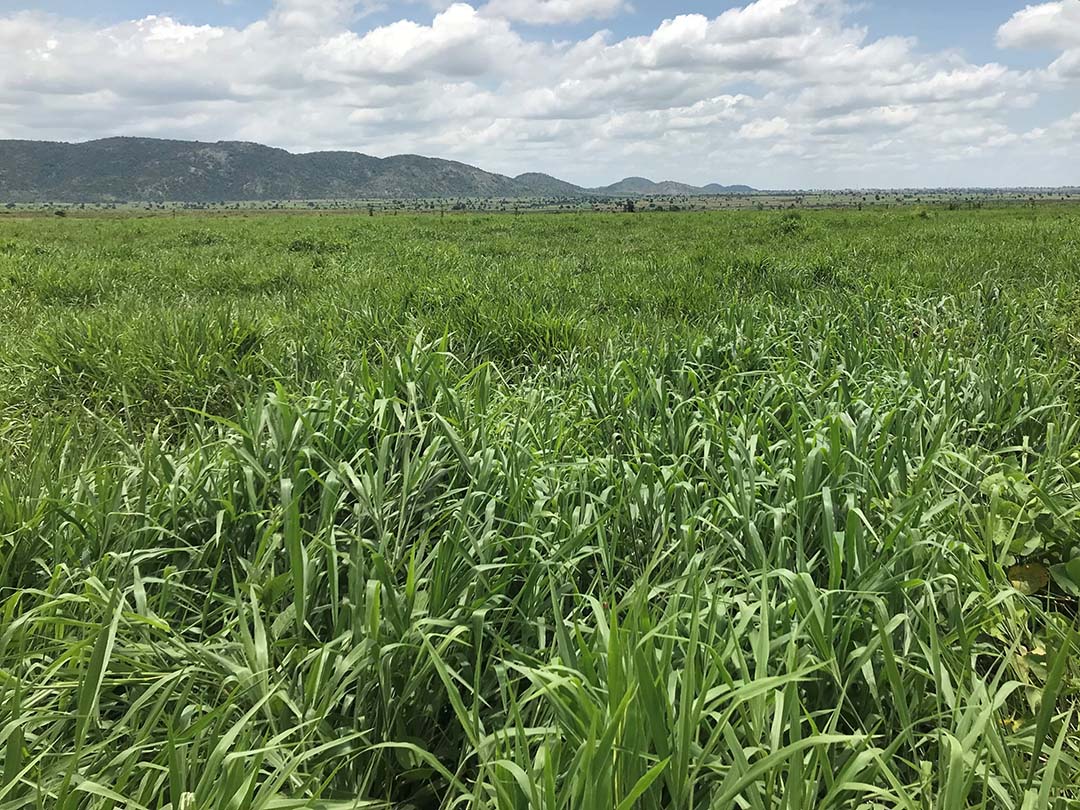
Hybrid Napier grass
To have a big dairy farm you need a lot of fodder for the animals. As it is possible to use the land all year round, you can get close to 3 crops per hectare. With these conditions, this means the land needs to provide much less per high-yielding cow than in many other countries. But the plants must also be able to cope with the conditions.
One of the strong plants that provides good, stable fodder is a grass called Hybrid Napier. We planted first, as it does not require as much water as many other types of crops.
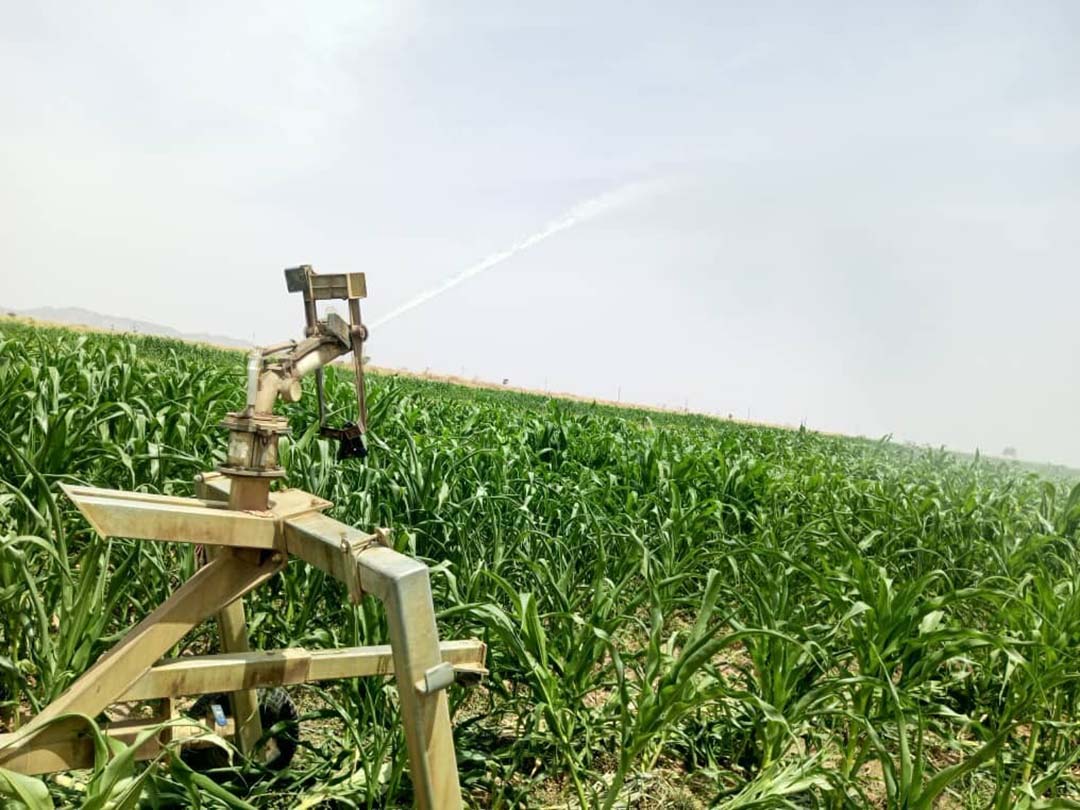
Water is key
Even though the land looked quite challenging at first, we knew there was a lot of water there in the nearby flood dam, as well as the vast reservoir of ground water. This was the key to success as water is the main ingredient in milk. With this knowledge we started farming the land more than a year before we started building the farm.
In Nigeria we are so close to the equator, so we can actually grow plants in the fields all year round. The only thing stopping the growth is the lack of rain in the dry season. We therefore laid out pipes for the irrigation system and now we can cultivate the land all year round.
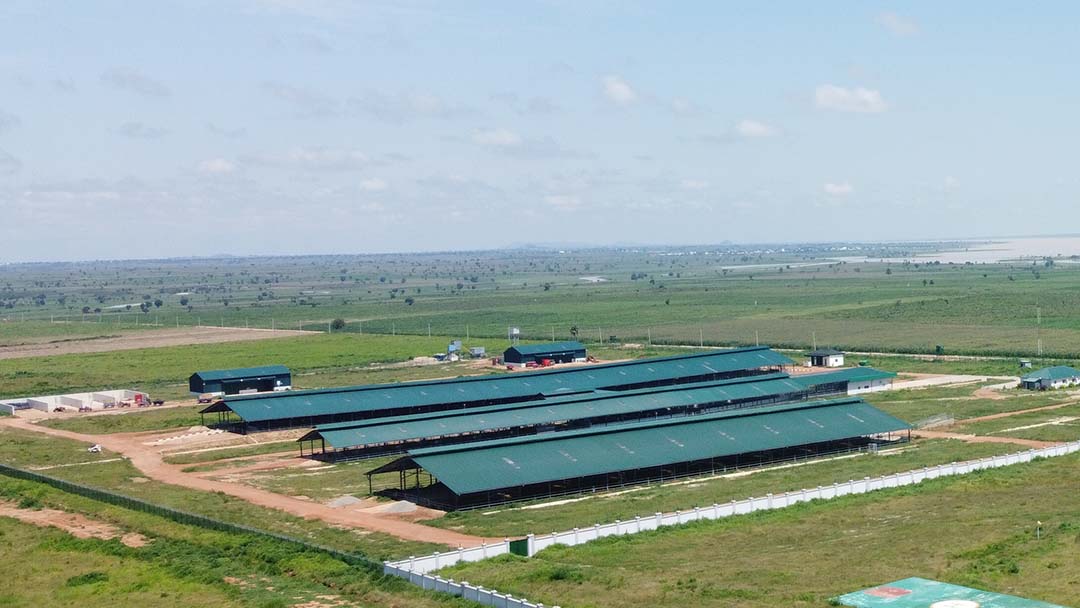
Then what?
All this preparation work on the land was the first step. The next step was to construct the buildings and those are all designed with local weather conditions in mind, and of course that they will be home to Holstein cows. The area where the Arla farm is has good access to sand, so all the cubicles and boxes have sand bedding and the barns have fans and a wetting system to keep the cattle comfortable. The heifers, which were brought in from Europe, came to the new farm in May 2023 and by September 2023 we could milk the first cows at the farm.



